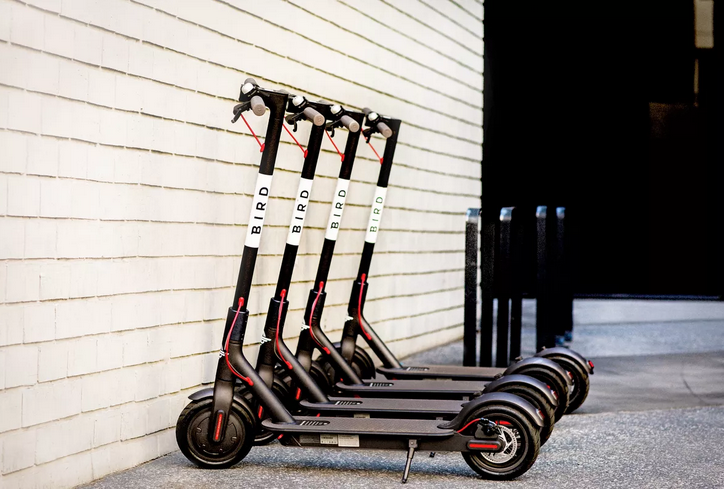A “skier’s thumb” is an injury to the ulnar collateral ligament of the thumb. This ligament is an important attachment between the thumb proximal phalanx and metacarpal bones. Sometimes this ligament sprains or tears following a fall onto the thumb. If the thumb is bent backwards or forced to the side (such as when falling with a ski pole in one’s hand), the ulnar collateral ligament may abruptly tear. However, sometimes the ligament slowly stretches out and fails over time, this injury is then referred to as a “gamekeeper’s thumb”.
A thumb with a torn ulnar collateral ligament will be painful, oftentimes swollen, feels week, and is difficult to bend normally. The pain tends to be worse when pinching or grasping items, such as a holding a coffee cup, a doorknob or a pencil.
The severity of a thumb sprain can usually be determined by an orthopaedic or hand physician, who will test the stability of the injured thumb compared to your uninjured or normal side. X-rays can be helpful to assess for fractures, and in some cases an MRI may be obtained to visualize the ligament.
Low-grade thumb sprains will usually heal in a brace. Normal ligament healing typically takes around ~6-8 weeks. A thumb spica splint or brace is usually worn full time for 4 weeks, then part time (such as for activities, lifting, or when sleeping) for another 4 weeks.
High-grade tears, or more complete ligament injuries, especially those resulting in the thumb being unstable, may be treated surgically. The torn ligament is sutured back in place. Approximately 90% of the time the ligament is torn from the proximal phalanx, and 10% of the time from the metacarpal bone. A suture anchor is typically used to hold the suture and ligament back to the bone. This is an outpatient procedure, done through a ~1 inch incision, which takes ~30 minutes. Afterwards, a splint is worn full time for ~4 weeks and part-time for another ~4 weeks. Typically normal motion is restored, and pain is eliminated.
A suture anchor is placed into the proximal phalanx. The attached sutures allow for the torn ligament to be stitched back down to the the bone. Image from AO Foundation.
If a skier’s thumb, or ligament tear is not diagnosed or treated, the pain and weakness continues to be present, and can oftentimes result in arthritis.
Read more about thumb sprains here.


